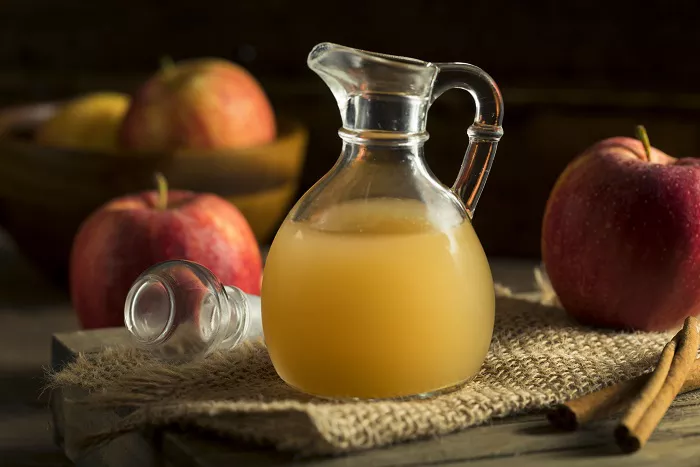Potatoes, a versatile and beloved staple in many diets worldwide, have often been a subject of concern for individuals living with diabetes. The question that arises is whether boiled potatoes, a popular and seemingly healthier preparation method, can be included in a diabetic-friendly diet. In this article, we’ll explore the impact of boiled potatoes on blood sugar levels and provide insights into whether they can be a part of a diabetes-conscious meal plan.
1. Understanding the Glycemic Index of Potatoes
The Glycemic Index (GI): The Glycemic Index measures how quickly a carbohydrate-containing food raises blood sugar levels. Potatoes, including boiled potatoes, have a high GI score, which means they can cause a rapid increase in blood glucose levels when consumed.
Boiled Potatoes and GI: Boiled potatoes have a lower GI compared to other potato preparations like mashed or fried potatoes. This is because boiling helps retain the potato’s natural fiber content, which can slow down the digestion and absorption of carbohydrates, leading to a slower and more gradual increase in blood sugar.
2. Portion Control and Diabetes Management
Importance of Portion Control: For individuals with diabetes, portion control is crucial. While boiled potatoes may have a lower impact on blood sugar compared to other forms of potatoes, the portion size matters. Consuming a large quantity of boiled potatoes can still lead to significant spikes in blood sugar levels.
Balancing Carbohydrates: When including boiled potatoes in a diabetic meal plan, it’s essential to balance them with other low-GI foods like vegetables, lean proteins, and healthy fats to help stabilize blood sugar levels.
3. The Role of Fiber in Boiled Potatoes
Fiber Content: Boiled potatoes contain dietary fiber, especially if you leave the skin on. Fiber is beneficial for people with diabetes as it can slow down the digestion of carbohydrates and improve glycemic control.
Skin-On vs. Skin-Off: Leaving the skin on when boiling potatoes increases their fiber content. Fiber-rich foods are generally better choices for those managing diabetes as they can help prevent rapid spikes in blood sugar.
4. Cooking Methods Matter
Boiling vs. Other Methods: Boiling potatoes is one of the healthier cooking methods for people with diabetes. Avoid frying or preparing potatoes with excessive amounts of butter or oil, as these can significantly increase the overall calorie and fat content of the dish.
Starchy vs. Waxy Potatoes: Choose waxy potatoes like red or Yukon gold for boiling, as they tend to have a lower GI compared to starchy varieties like russet potatoes.
5. Individual Variability and Consultation
Individual Responses: It’s important to recognize that individual responses to foods vary. Some people with diabetes may tolerate boiled potatoes better than others. Regular monitoring of blood sugar levels after consuming boiled potatoes can help determine their impact on your specific condition.
Consultation with a Healthcare Professional: If you have diabetes and are uncertain about including boiled potatoes in your diet, it’s advisable to consult with a registered dietitian or healthcare professional who can provide personalized guidance based on your unique needs and preferences.
In conclusion, boiled potatoes can be a part of a diabetes-conscious diet when consumed in moderation and with an understanding of their impact on blood sugar levels. Portion control, the inclusion of fiber-rich skin, and the choice of cooking methods play significant roles in determining whether boiled potatoes are a suitable addition to a diabetic meal plan. As with any dietary choices for diabetes management, individualized guidance and monitoring are key to making informed decisions that support your health goals.
























